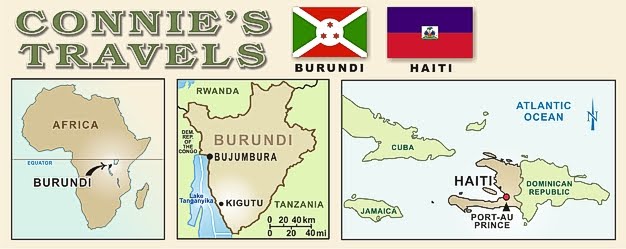I still am in awe. Such a feat of human (and apparently divine intervention) ingenuity and just shear physical effort to say nothing of technical skill, proportion and decoration as well as remarkable variety in style. I found myself wondering over and over again....how did they do that? There are 11 churches carved from rock....and not one of them is small. The largest being 40 ft tall. Most have several rooms supported by pillars that were also carved. Many have frescos and each has a priest, guarding it day and night. According to our guide, Bihran,they were built (is that the right word?...carved, chiseled?) over a 23 year period by request of King Lalibela, although there is some debate as to that being fact...but essentially starting around 1100. Also according to Bihran, when the workman clocked out at the end of the day, angels took over at night.....something, after seeing these churches, I don't have any problem believing...really wonderful. What also was wonderful is that the first night I witnessed a ceremony celebrating King Lalibela's birthday.....white robed priests chanting (in Ge'ez-the Afro-Asiatic language that laid the foundation for the modern Amharic, as Latin did for Italian's), swaying to beating drums. The next morning we also witnessed a similar "service" glorifying Mary, and the replicas of the Ark of the Covenant were included. This area, as is much of Ethiopia, is steeped in history that is still very much alive today.
In a few days I head back to Nuerland, which s a world unto itself and so very different. The Nuer essentially never made it into the stone age, nor the iron age, (until relatively recently....late1800's, early 1900's) mainly because Nuerland lacks the two raw materials, stones and iron, that played so important part in the manufacture of primitive tools. Instead they overcame the natural poverty of their environment, by using plants and animals to furnish technological(if one can call them that) necessities. The contrast is stark and it makes me marvel even more at being human.
None of the Ethiopians I have spoken to in Addis have heard of Mattar and when I explain it is in Gambella state, on the Sudan border, they then all nod and say....oh....but that is very hot. Yep.
No internet, no cell phone service and now no ability to even send emails via the very expensive satellite phone. But...we can receive emails at msff-mattar-sat@paris.msf.org. So until 6 weeks or so....ciao.

No comments:
Post a Comment